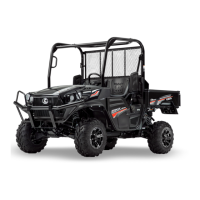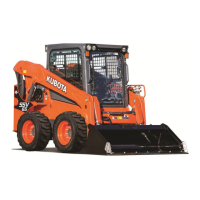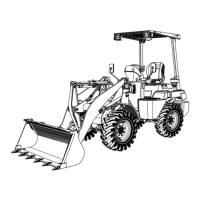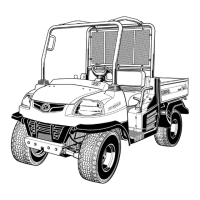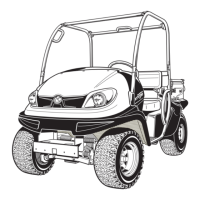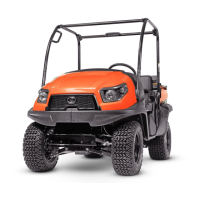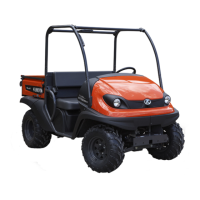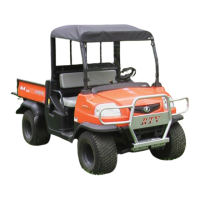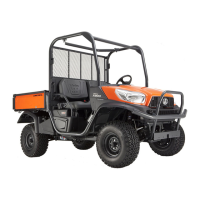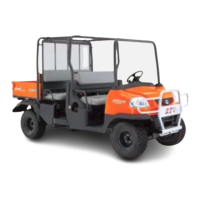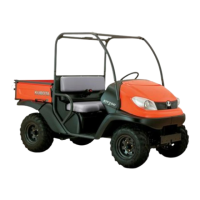What to do if my Kubota SIDEKICK RTV-XG850 engine overheats?
- CChristina RuizAug 1, 2025
If your Kubota Utility Vehicle engine is overheating, try the following: reduce speed or load if the engine is overloaded. Replenish engine oil if it's insufficient. Ensure the coolant level is correct and check for leaks in the radiator and hoses. See if the fuse for the motor driven fan is blown, and inspect the electric system. Remove any trash from the radiator core or grille screens, and flush the cooling system if the coolant flow route is corroded.
